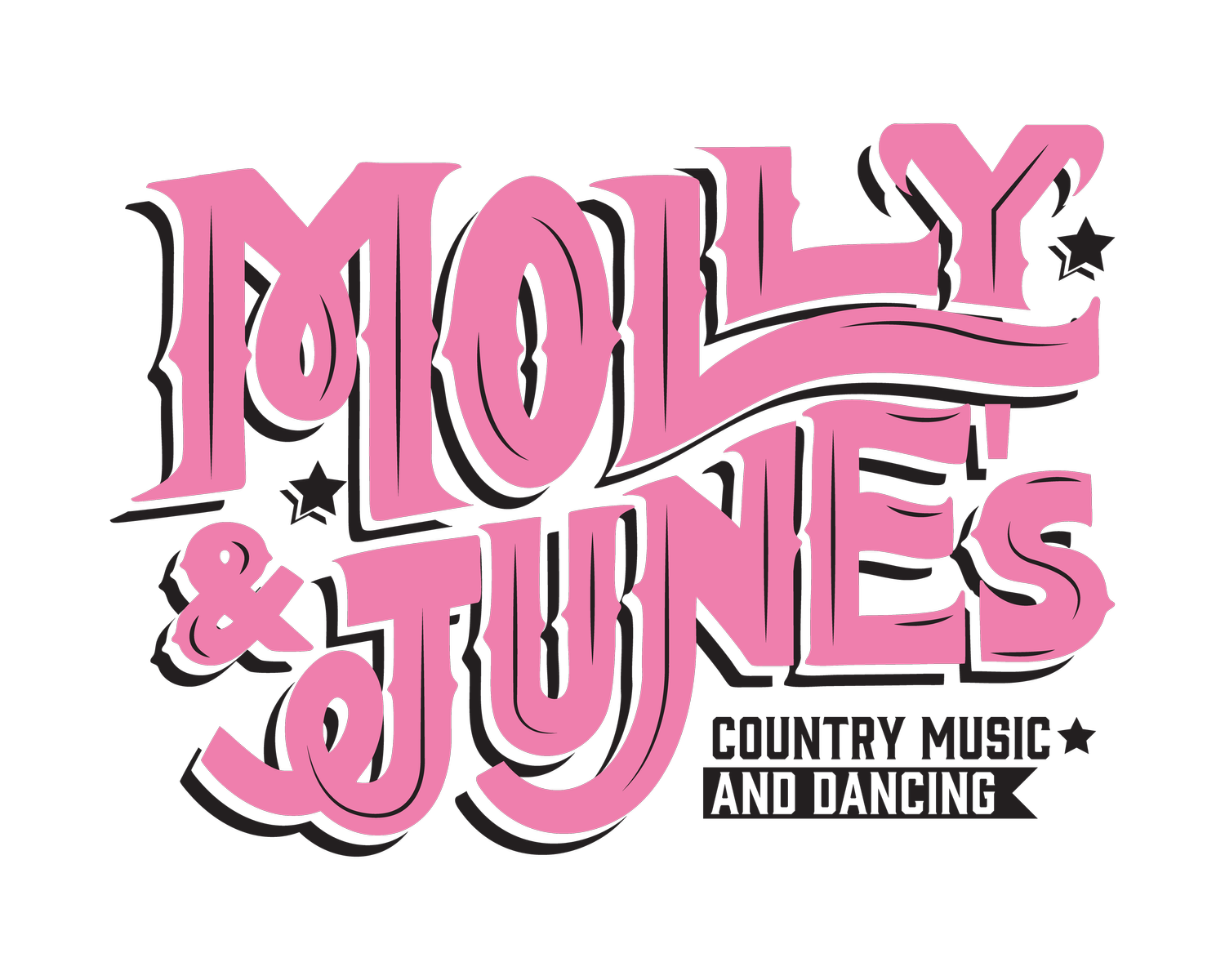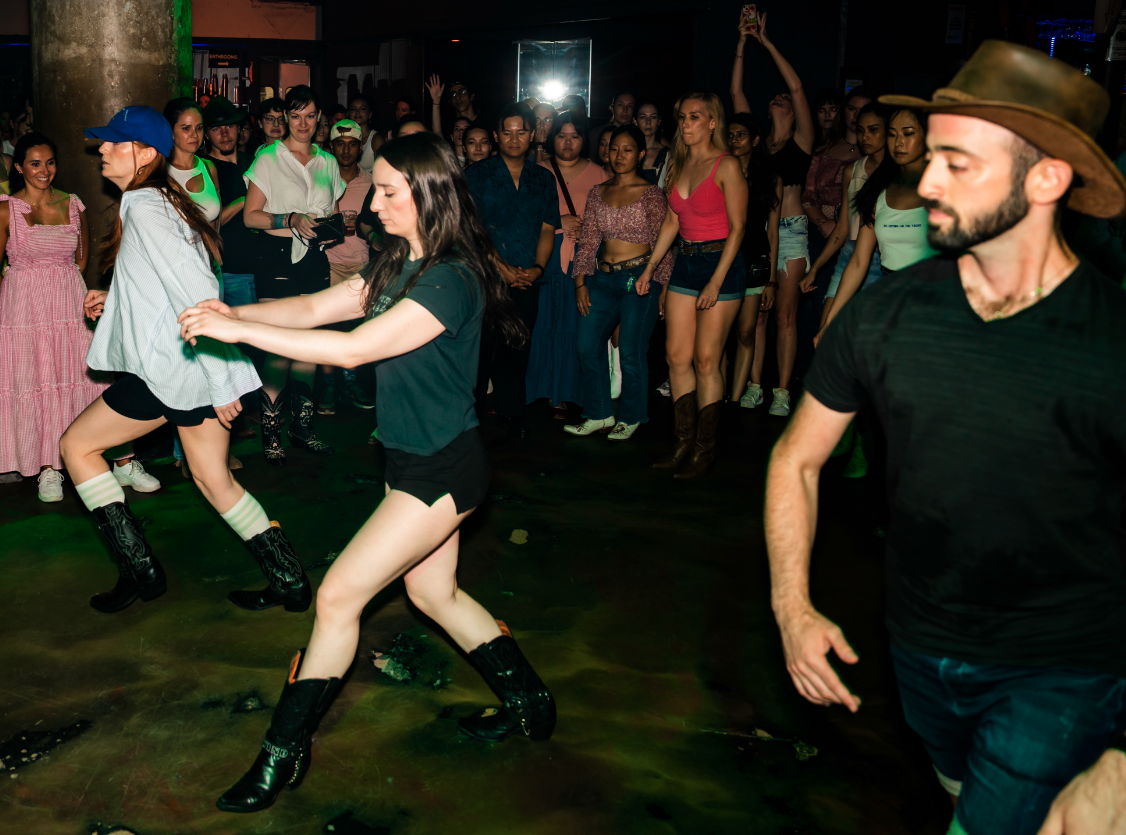Why Cowboy Boots Beat Sneakers on the Line Dance Floor
Whether it’s a Texas two-step or a fast-paced modern routine, the shoes on your feet can make the difference between moving smoothly and fighting the floor.
Line dancing is all about rhythm, precision, and flow. Whether it’s a Texas two-step or a fast-paced modern routine, the shoes on your feet can make the difference between moving smoothly and fighting the floor. While sneakers might be the everyday go-to, they simply don’t measure up when it comes to line dancing. Cowboy boots, with their unique design and heritage, offer clear advantages that go far beyond their Western look.
At its Heart, the Difference is the Sole.
Cowboy boots are built with smooth leather or hybrid soles that let dancers pivot and spin without resistance. That glide is essential when you’re turning or shuffling across a wooden dance hall floor. Sneakers, by contrast, are designed to stick. Their rubber treads grip hard surfaces, great for running, not so great when you’re trying to swivel in time with the music. Too much grip forces your knees to absorb the twist, which not only feels awkward but can also increase the risk of injury.
Built for Balance
Boots also offer structure that helps with balance and weight shifts. A modest heel provides a natural pivot point, while a sturdy shank and supportive midfoot keep your steps stable. Roper-style boots, with their shorter shafts and lower heels, are especially popular among dancers because they deliver the comfort of a sneaker with the support of traditional Western footwear. Sneakers, with their soft mesh uppers and cushioned soles, often feel less grounded. Something you’ll notice when moving through complex patterns.
A good pair of cowboy boots fits snugly across the instep and molds to your foot over time. That secure fit keeps your foot from sliding around as you move laterally or shift quickly from step to step. Unlike sneakers with laces that can loosen mid-dance, boots stay locked in, letting you focus on the choreography rather than your footwear.
There’s also an undeniable cultural factor. Line dancing grew up alongside cowboy boots in honky-tonks and country dance halls, and the footwear evolved to meet the demands of those floors. Wearing boots is also about stepping into a tradition that’s been tested for decades. And in today’s line-dance revival, boots still reign supreme because they blend functionality with the authenticity that makes the experience complete.
The Bottom Line
Line dancing demands shoes that slide when they need to, support where it counts, and hold up through long nights on the floor. Cowboy boots check every box. Sneakers may win at the gym, but on the dance floor, their sticky soles just don’t cut it. For comfort, performance, and a touch of timeless style, cowboy boots remain the undisputed choice for line dancers everywhere.


